(1173 products available)
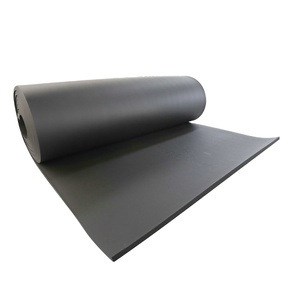

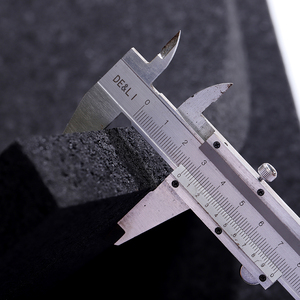

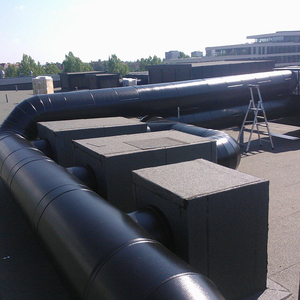





























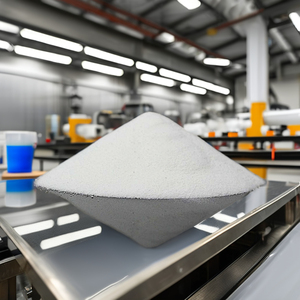
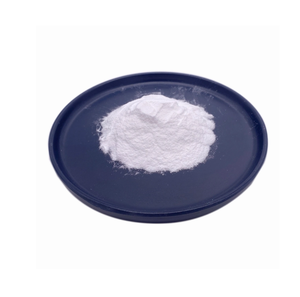

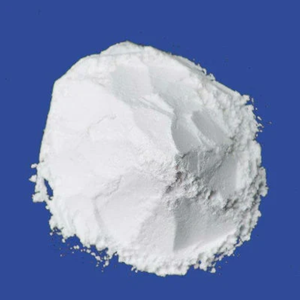

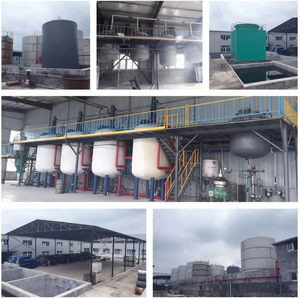
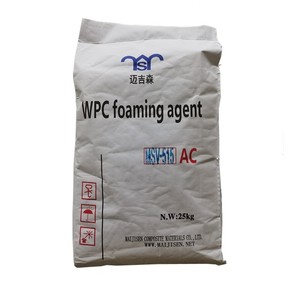

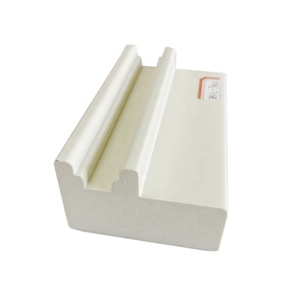
















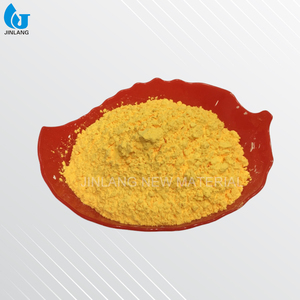








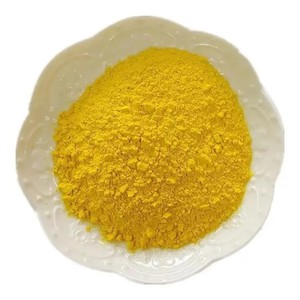










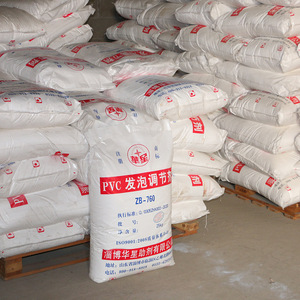
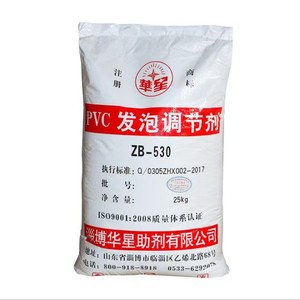













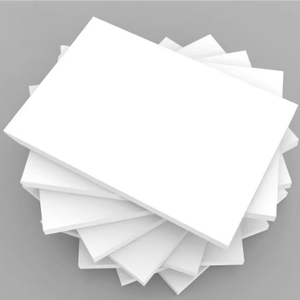





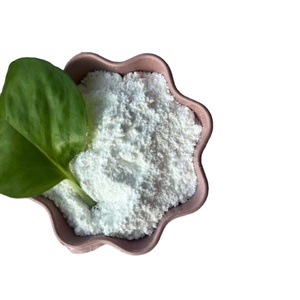

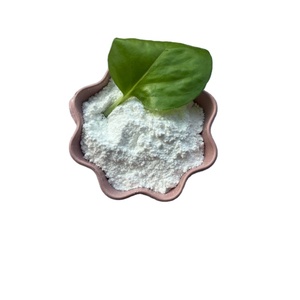



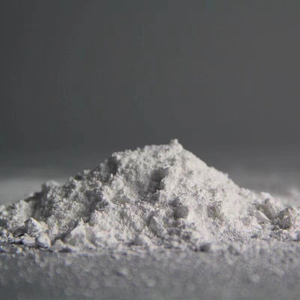
















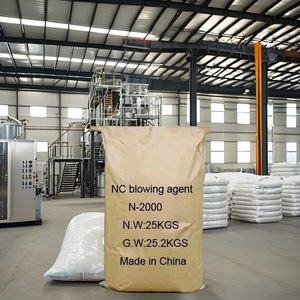

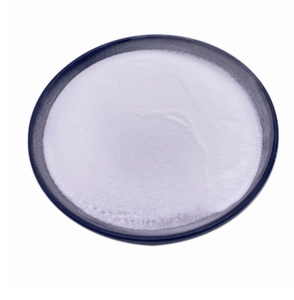
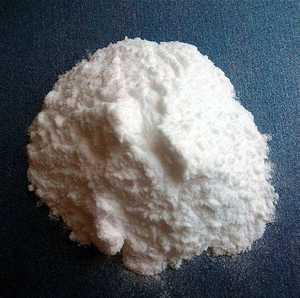






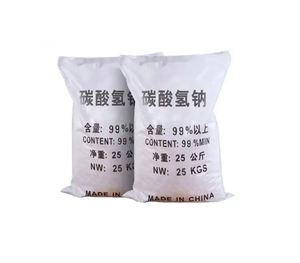









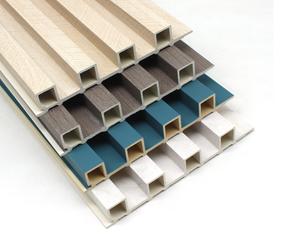
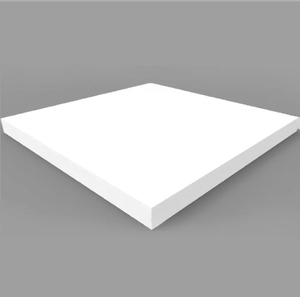








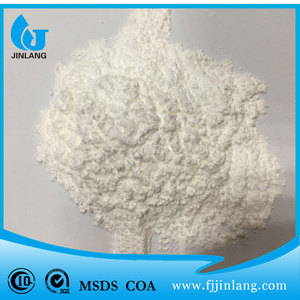

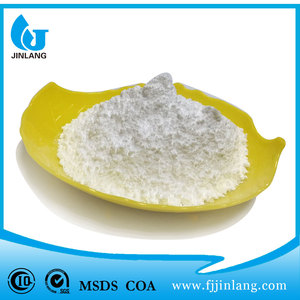



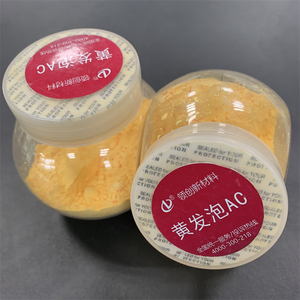





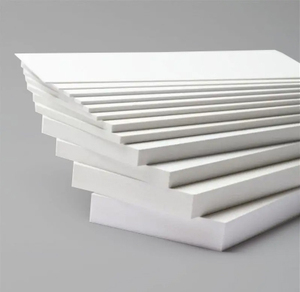





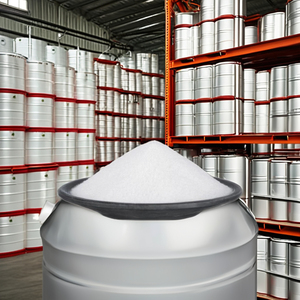


PVC foam sheets have a wide variety of applications ranging from home interiors to advertising signage and even marine construction. A PVC sheet foaming agent is the internal additive that creates a foam texture in these sheets and thus expands their application potential. PVC sheets are made by mixing polyvinyl chloride with multiple types of additives. These include stabilizers, lubricants, fillers, and pigments, among many others. These additives, including foaming agents, create a variety of textured sheets that serve different purposes. The most common foaming agents are the following:
Chemical blowing agents are perhaps the most common foaming agents used in PVC sheets. They create cells in the foam by decomposing during the heating and mixing stages of production. These agents can be categorized as either endothermic or exothermic. An endothermic PVC sheet foaming agent absorbs heat during decomposition and releases gas, while an exothermic one liberates gas upon breakdown and does not require excess heat. These agents are favored for their ability to create uniformly sized foam cells.
Physical blowing agents are another common type of foaming agent. Unlike the chemical variants, physical blowing agents, such as gases like CO2 and air, are dissolved in the polymer matrix during production. As production progresses and the pressure drops, these gases get released, leading to cell formation. Physical blowing agents are valued for their environmental friendliness. They do not require the addition of chemicals that are harmful to the ozone layer, such as chlorofluorocarbons (CFCs).
Surfing agents help in stabilizing the foam by reducing the surface tension of the PVC mixture. This ensures even distribution of the blowing agents within the mixture, leading to consistent cell formation. Common surfactants used in PVC foams include ethylene oxide and propylene oxide. These agents have a solid basis in performance enhancement as they help create foams with better mechanical strength and reduced density.
These are agents that make a PVC sheet foaming agent expand and thus create foamed PVC. Many expanding agents are available in the market, such as azodicarbonamide, which decomposes when exposed to heat and releases nitrogen gas, thus causing the PVC to expand. Another common expanding agent is Pluronic F88. This is a block copolymer made of poly(ethylene oxide) (PEO) and poly(propylene oxide) (PPO) that creates a foam texture in the PVC.
PVC foam sheets have a wide range of industries and are used in numerous applications. The foaming agent integrated into the PVC sheet is responsible for producing a light, durable material with excellent insulation properties.
PVC foamed sheets are highly valuable in the construction sector for interior wall cladding, false ceilings, and partitions. The sheets are lightweight but strong and are thus frequently used in door manufacturing. They also offer good thermal and sound insulation, making them appropriate for use in residential and commercial construction.
PVC sheet foaming agents create sheets that are used in automotive interiors, including dashboards, door panels, and upholstery. The lightweight nature of these sheets helps to reduce the overall weight of the vehicle, thus improving fuel efficiency. In addition, these foams offer excellent sound insulation, enhancing ride comfort.
PVC foam sheets are used in boat interiors, such as seating and paneling. They are resistant to water, buoyant, and make for lightweight yet strong construction materials. This makes them ideal for marine applications where weight reduction is critical. PVC foam sheets also possess excellent resistance to UV radiation and water, making them appropriate for marine applications.
The advertising industry values the use of PVC foam sheets for signage and display boards. The lightweight and easy-to-install nature of these sheets makes them appropriate for both indoor and outdoor advertising boards. They provide a smooth surface that is easy to print on, ensuring high-quality graphics. The sheets' durability and weather resistance ensure that the advertisements remain vibrant and effective over time, even under exposure to the elements.
The furniture industry employs these foamed sheets in multiple applications, including making tabletops, cabinets, and upholstered furniture. The foam provides comfort for furniture pieces while sacrificing nothing in terms of durability. It also offers good insulation properties, making furniture items suitable for use in both warm and cold conditions.
The packaging sector uses PVC foam sheets to make protective packaging for fragile items. The sheets have a good cushioning effect, safeguarding goods during transportation and storage. They are lightweight, which does not add to the burden of the items in transit, and they are also cost-effective, making them appropriate for multiple uses in the packaging of delicate electronics, glassware, and more.
Thermal Stability
The PVC sheet foaming agent has excellent thermal stability, which means they can survive a wide range of temperatures without losing their structural integrity or insulating properties.
Lightweight Construction
One of the primary advantages of PVC foam sheets is their low weight compared to conventional building materials. This makes them simple to manage, transport, and install, especially in the construction and furniture industries.
Water Resistance
PVC foam sheets are naturally water-resistant. This makes them suitable for both indoor and outdoor applications. Not only this, their resistance to moisture also makes them ideal for use in bathrooms, kitchens, and other areas prone to dampness.
Durability and Impact Resistance
PVC foam sheets are strong and resilient, resisting chips, cracks, and other forms of wear and tear. This impact resistance makes them suitable for packaging, signage, and construction applications where safety and durability are required.
Excellent Insulation Properties
PVC foam sheets are good thermal and acoustic insulators due to the air pockets trapped inside them. This makes them beneficial for ceiling and wall applications, automobile interiors, and noise-canceling features in diverse settings.Aesthetic Appeal and Customization
PVC foam sheets have a sleek, contemporary appearance that can be customized with different textures, colors, and finishes. This makes them appropriate for home design, furniture, and advertising applications. There they are required for aesthetic reasons.
Preparation
The surface where the PVC foam sheet is to be installed should be thoroughly cleaned. Remove any dirt, debris, or previous materials that might hinder the adhesion process. If the application involves building furniture or displays, measure the area to guarantee the foam sheet will be properly fitted.
Cutting
PVC foam sheets are easy to cut to the desired size and shape using standard cutting tools. These include utility knives, straight blades, or a saw for thicker sheets. In cases where precision is key, such as in signage or cabinetry, use a ruler and a sharp blade to ensure clean edges and accurate measurements.
Adhesive Application
Properly securing the PVC foam sheet to the underlying surface requires applying adhesive to the sheet or substrate. A strong, suitable adhesive should be applied in a uniform layer. Construction-grade adhesives, contact cement, or double-sided adhesive tape should do the trick.
Positioning
Carefully align the foam sheet in the intended position. If using contact cement, make sure to position the sheet correctly before pressing it against the adhesive-covered surface since contact cement requires precise placement.
Firmly Press
After proper positioning, press firmly across the surface of the foam sheet to ensure good adhesion. For large sheets, use a roller or your hands to eliminate air bubbles and create a strong bond between the sheet and the surface beneath.
Trimming Edges
Examine the installation and trim any excess foam around the edges if needed. Use a sharp blade to ensure the cut is clean and does not fray the foam material.
Cleaning PVC Foam Sheets
PVC foam sheets have easy maintenance. They can be cleaned by simply using a damp cloth and mild detergent to remove surface dirt, grime, or stains.
Repairing Minor Damage
Small scratches or dents can be fixed by using a heat gun to gently warm the affected area and then using a putty knife to smooth it over.
Replacing PVC Foam Sections
If a foam sheet develops a hole of tear that is beyond simple patching, the best solution is usually to replace that particular section. This often involves removing the sheet from its adhered position and installing a new piece in its place.
A PVC sheet foaming agent is the main factor that determines cellular structure, density, and overall sheet quality. Choosing the right foaming agent can thus dictate how the PVC foam sheets will perform in their intended use. Below are some of the PVC sheet foaming agent selection criteria.
PVC foaming agents are usually made from different chemicals. Commonly used PVC sheet foaming agents are generally composed of azodicarbonamide (ACA), which produces tiny gas bubbles when heated. This foam creates a lightweight yet tough material. However, other foaming agents, such as sodium bicarbonate, rely on a more eco-friendly approach by using simple baking soda.
The blowing ratio refers to how much gas the foaming agent can produce relative to its mass. The higher the ratio, the less amount of foaming agent is required to produce a more lightweight sheet. PVC sheets for insulation typically use a lower foaming agent ratio. This keeps the sheet dense and gives it superb insulating properties.
Foaming agents with smaller granule sizes are able to disperse more easily throughout the PVC mixture. This leads to a more uniform cell structure. A uniform cell structure improves the strength and flexibility of the final material. PVC sheets that require flexibility for applications like signage typically use foaming agents with smaller granule sizes.
Cell structure refers to the size, shape, and distribution of the air pockets within the foam sheet. Different foaming agents influence cell structure differently. Chemical blowing agents particularly exodicarbonamide create fine, closed-cell structures. These make the sheets sturdy and balanced between lightweight and supportive. Conversely, physical blowing agents like CO2 produce larger, open cells that enhance breathability. This makes the sheet foam less ideal as load-bearing but superb for application in ventilation.
Thermal stability is a critical consideration where the end application requires high processing temperatures or involves exposure to heat. In such cases, a thermally stable foaming agent should be selected to avoid premature gas release. This ensures consistent foaming throughout the intended temperature range. Foaming agents with high thermal stability are better suited for durable, heat-resistant PVC applications.
Many modern PVC foaming agents have their foaming agent selection influenced by environmental concerns. This is due to the role of certain traditional foaming agents, such as CFCs. These contribute to ozone depletion. Moreover, several manufacturers are now opting for physical blowing agents like CO2 and air rather than chemical compounds. This reduces their environmental footprint while still providing effective foaming.
A1. Foamed PVC sheets are ideal for indoor use because they are resistant to moisture, easy to work with, and affordable.
A2. PVC sheet foaming agents include good density, versatility, and excellent insulation properties. They are also lightweight.
A3. Yes, foamed PVC sheets are highly versatile. They can be manufactured in a great variety of densities and thicknesses to suit different applications. It is this versatility that makes them a preferred choice of so many industries.
A4. Yes, they are. PVC foam sheets are technically recyclable, but recycling options may be limited in certain regions.
A5. Using them in applications for which they are suited and avoiding harsh chemicals can help increase their longevity.